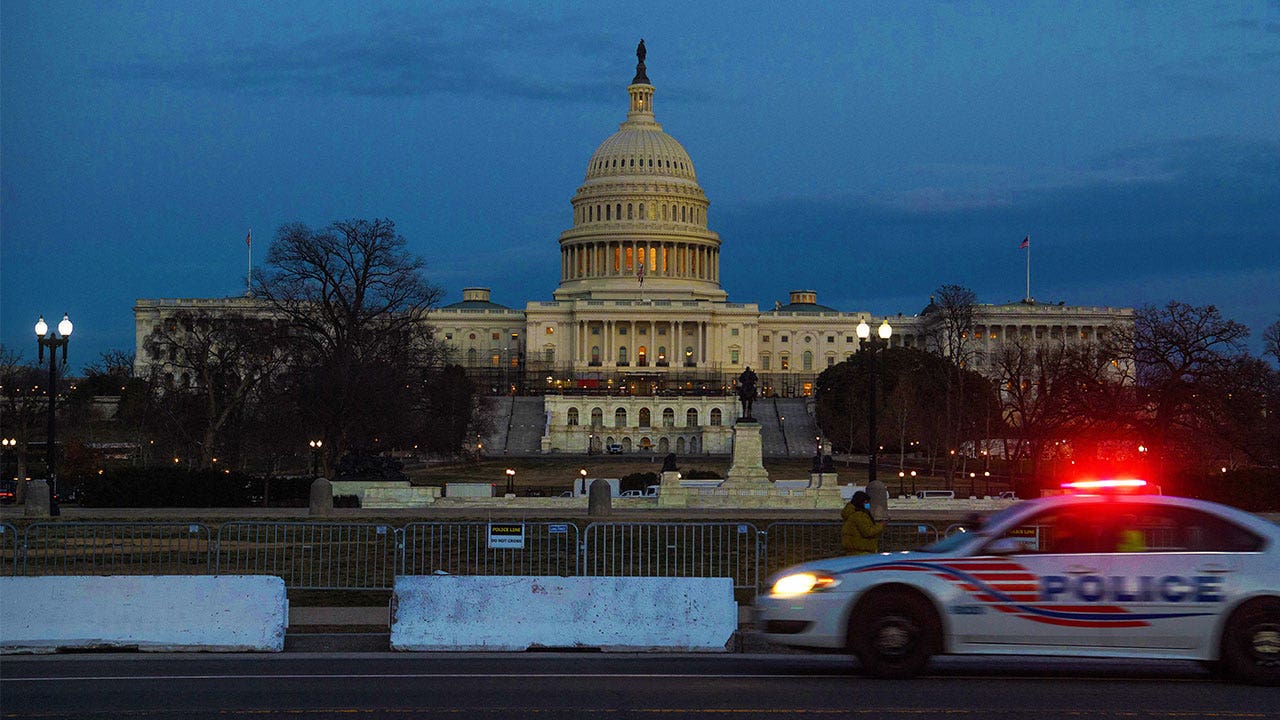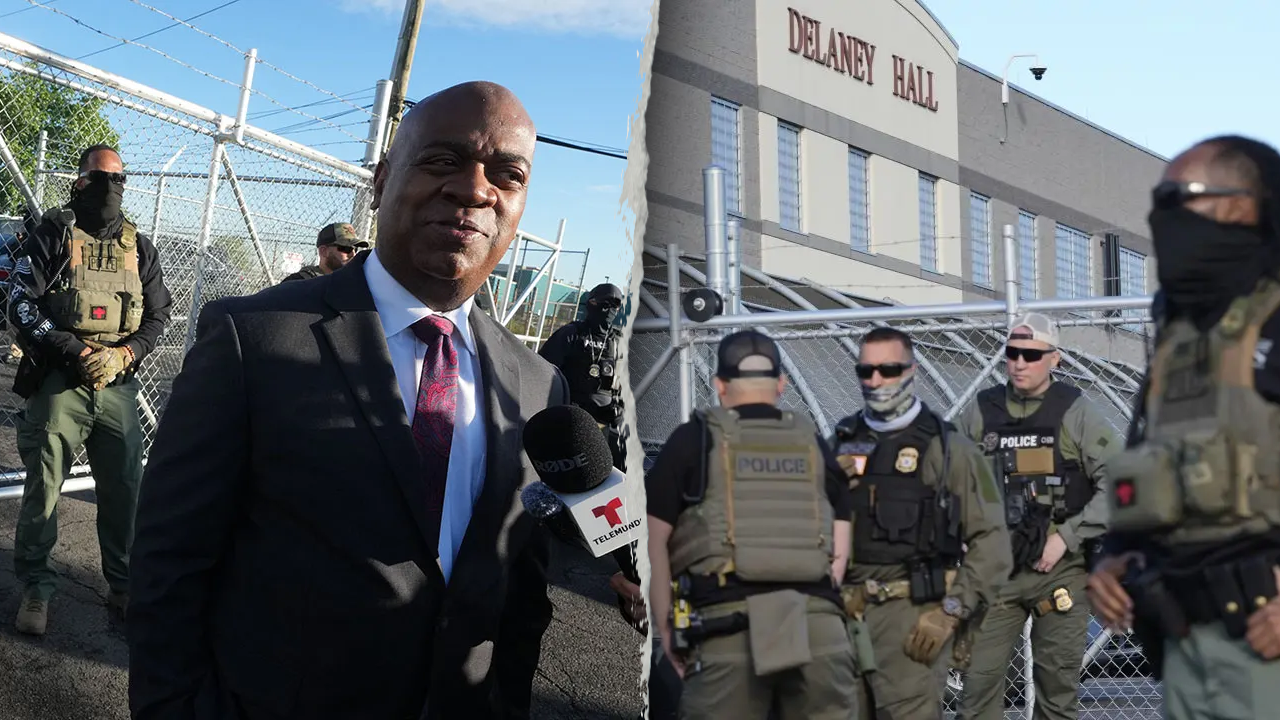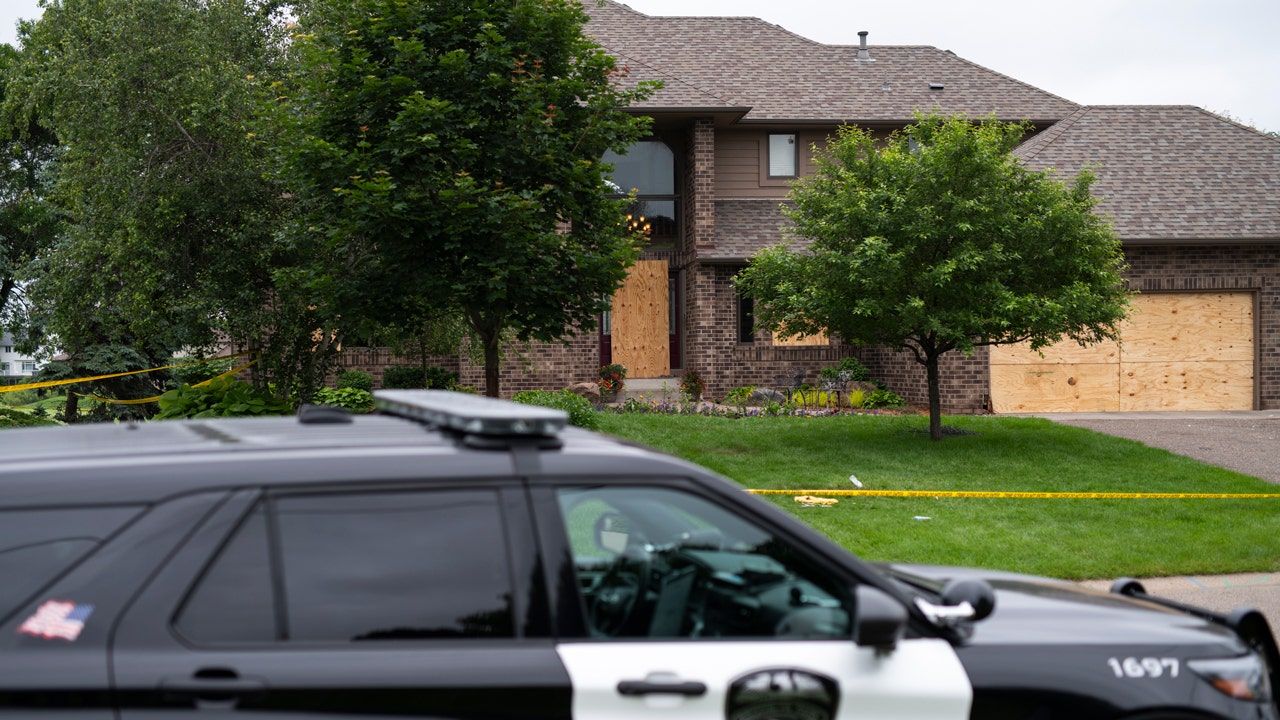Minnesota shootings of lawmakers prompt urgent Congress security review

The recent weekend shootings of Minnesota lawmakers have sent shockwaves through the House and Senate, leaving members deeply concerned about their safety. The suspect targeted the lawmakers’ families, a move that has left many feeling vulnerable and exposed.
In response to the shootings, there will be a Senate-wide briefing on member security on Monday, with House Republicans already receiving a virtual briefing and House Democrats scheduled for a remote briefing on Tuesday. The question on everyone’s mind is how congressional security officials can ensure the safety of members and their families in the face of such threats.
One proposed solution is to give individual member offices more flexibility to use allocated funds for additional security measures. This could potentially allow offices to hire full-time protective details without requiring additional funding from Congress. However, some members believe that relying solely on the U.S. Capitol Police for protection is not enough, as it is physically impossible for them to safeguard all members and their families 24/7 in both Washington and their home states or districts.
There is also a push to remove lawmakers’ personal information from the internet and to pass anti-doxxing legislation to prevent future threats. Rep. Jared Moskowitz, D-Fla., is considering a resolution to move the House into a “Secret Session” to debate the appropriate approach for congressional security. This would require a vote from members and could force them to take a stand on the issue.
While there is no consensus on the best way to ensure member safety, many lawmakers agree that a proactive approach is necessary. Some have criticized their colleagues for not taking advantage of existing security programs, while others are pushing for more robust measures to protect themselves and their families.
The recent shootings have highlighted the need for improved security protocols for lawmakers, both in Washington and in their home districts. As discussions continue on how to best address these concerns, members are grappling with the reality that the threat to their safety is ever-present.




